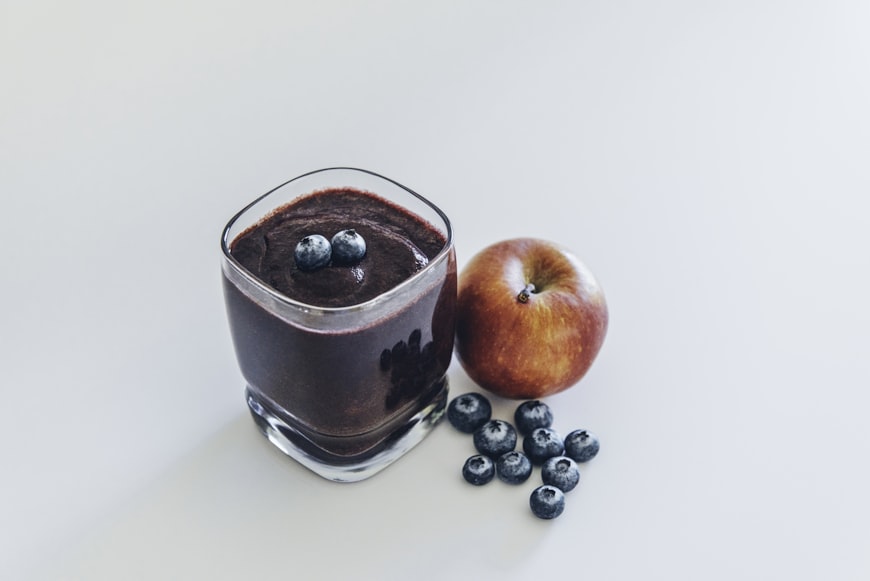III. Benefits of a High-Protein Diet

A. Enhanced Muscle Recovery
A high-protein diet plays a crucial role in repairing and rebuilding muscle tissue, particularly after strenuous exercise. Dogs engaged in regular physical activities require adequate protein to facilitate muscle recovery and prevent muscle loss. Protein provides the essential amino acids that stimulate muscle protein synthesis, promoting faster muscle repair and reducing soreness post-workout.
B. Improved Energy Levels
Protein is a vital macronutrient that provides dogs with sustained energy throughout the day. Unlike carbohydrates, which offer a quick burst of energy but can lead to crashes, protein provides a slow and steady release of energy. This sustained energy supply helps dogs maintain their performance levels during prolonged exercise and training sessions. Moreover, protein helps regulate blood sugar levels, preventing the energy slumps commonly experienced with diets high in carbohydrates.
C. Optimal Coat and Skin Health
Protein is essential for maintaining a healthy and lustrous coat and skin in dogs. Amino acids derived from protein are building blocks for keratin, a protein that forms the structure of hair and skin. A high-protein diet provides sufficient keratin precursors, promoting strong, healthy hair growth and reducing shedding. Additionally, protein helps maintain the integrity of the skin’s protective barrier, preventing skin irritation, dryness, and infections.
IV. Choosing the Right Protein Source

A. Animal-based Proteins
Animal-based proteins are highly digestible and contain a complete amino acid profile, making them ideal for active dogs. The most common sources of animal protein include:
- Chicken: A highly palatable and lean protein source, rich in essential amino acids and low in fat.
- Beef: A dense protein source that provides iron, zinc, and B vitamins. Choose lean cuts to minimize fat intake.
- Fish: An excellent source of omega-3 fatty acids, which support joint health and reduce inflammation.
- Lamb: A less common but equally nutritious protein source that is gentle on the stomach.
B. Plant-based Proteins
Plant-based proteins can be a viable alternative for dogs with allergies or sensitivities to animal proteins. However, they are generally less digestible than animal proteins and may not provide a complete amino acid profile.
- Soy: A high-protein legume that provides all essential amino acids when combined with other plant proteins.
- Lentils: Another high-protein legume rich in fiber and nutrients.
- Quinoa: A gluten-free grain that provides essential amino acids and is a good source of fiber.
- Pea protein: An isolated protein source derived from peas, which is highly digestible and hypoallergenic.
Consider the following when choosing a protein source:
- Digestibility: Choose proteins that are highly digestible to ensure your dog absorbs the nutrients efficiently.
- Amino acid profile: Ensure the protein source provides a complete amino acid profile, including all nine essential amino acids that dogs cannot produce on their own.
- Allergies: If your dog has allergies or sensitivities, choose a protein source that they have not been previously exposed to.
- Palatability: Dogs prefer different flavors, so choose a protein source that your dog enjoys eating.
Consult with your veterinarian before making any significant changes to your dog’s diet to determine the optimal protein source and quantity based on their individual needs and activity level.
IX. Additional Considerations for Active Dogs

A. Calorie Needs
Active dogs have high energy expenditure and therefore require a diet that provides sufficient calories to fuel their activities. The calorie needs of an active dog will vary depending on the dog’s size, age, breed, activity level, and body condition.
As a general rule of thumb, active adult dogs should consume approximately 25-30 calories per pound of body weight per day. However, this number can vary significantly depending on the individual dog’s circumstances.
If you are unsure about how many calories your active dog needs, it is best to consult with a veterinarian or a qualified animal nutritionist. They can help you determine the appropriate calorie intake for your dog based on their specific needs.
B. Hydration
Hydration is essential for all dogs, but it is especially important for active dogs. Active dogs sweat and lose water through their breath, so they need to replenish their fluids regularly.
It is important to provide your active dog with access to fresh water at all times. You should also encourage your dog to drink water before, during, and after exercise.
If your active dog is exercising in hot or humid weather, it is especially important to make sure they are drinking plenty of water. Dehydration can lead to serious health problems, such as heatstroke.
Conclusion
A high-protein diet can be beneficial for active dogs because it provides them with the energy they need to perform at their best. However, it is important to consider the individual needs of your dog when choosing a diet. You should also make sure that your dog is getting enough calories and staying hydrated.
By following the tips in this article, you can help your active dog stay healthy and happy for years to come.




















